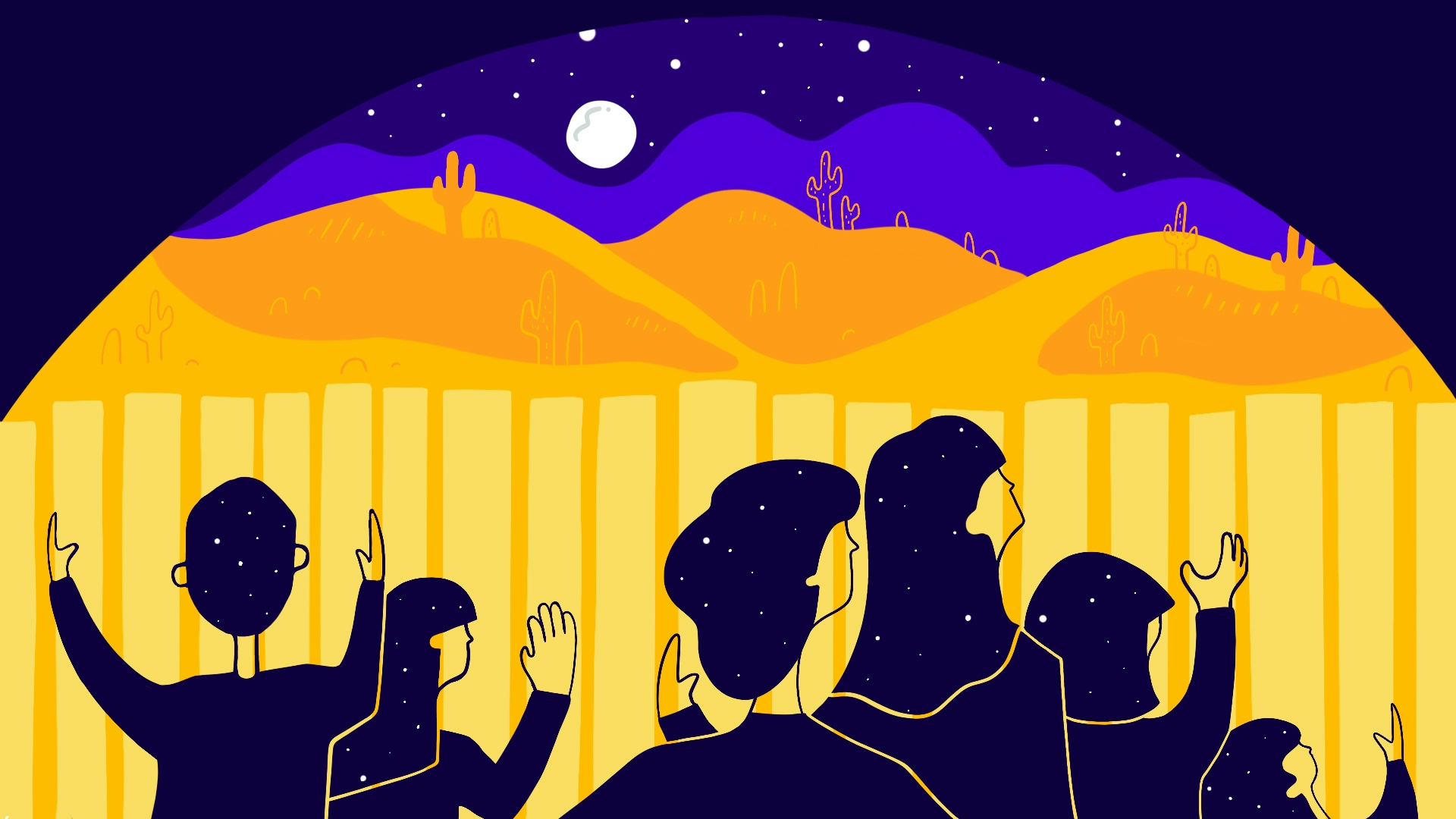The story
There are about 11 million undocumented immigrants in the US. And millions of opinions on US immigration policy
The what
Most of these immigrants are from Central America. Many come to the US fleeing things like violence and natural disasters. Others come to work or study. And sometimes, people overstay their visas.
What are the opinions?
Some US citizens think it’s unfair that these immigrants are taking American jobs and not paying the same taxes as citizens. Some blame these immigrants for things like violent crimes and terrorism. Other US citizens note that many are taking low-paying jobs that Americans don't seem to want. And that turning them away goes against a core American value.
How did we get here?
For years, Congress hasn’t been able to agree on immigration policy. It blocked Dubya 43 from passing legislation that would have given legal status to millions of undocumented immigrants. President Obama had a pretty similar situation. After years of back and forth with Congress, he acted through executive action to set up DACA. That’s the program protecting hundreds of thousands of people illegally brought to the US as kids from deportation. Last year, the Trump administration moved to end DACA, saying Obama was overstepping his authority when he set it up. The Trump administration gave Congress six months to replace it.
What's the latest?
Still waiting on that DACA fix. President Trump wants any DACA solution to include money for a border wall with Mexico – a major campaign promise. Earlier this year, Congress came up with a bipartisan plan. But Trump rejected it. While allegedly complaining about immigrants coming from “sh*thole countries” like Haiti and in Africa. Congress couldn’t agree on a replacement DACA fix and the gov shut down for a few days.
What about the ban?
Days after becoming president, Trump announced a travel ban to prevent people from several Muslim-majority countries from coming to the US. He said the idea was to protect Americans from terrorism and other public safety risks. Lower courts blocked the ban, saying it discriminates against people’s nationalities and religion. So he came up with a new ban. That lower courts also said ‘no’ to. And a third one. The case made its way up to the Supremes – who eventually decided that the third ban could take effect...for now. The Supremes are going to hear challenges to the ban, and make a final ruling later this year.
theSkimm
Legislative change requires a lot of buy-in. And since this is one of the most polarizing issues in American politics, buy-in has been hard to come by. For decades.
Live Smarter
Sign up for the Daily Skimm email newsletter. Delivered to your inbox every morning and prepares you for your day in minutes.






